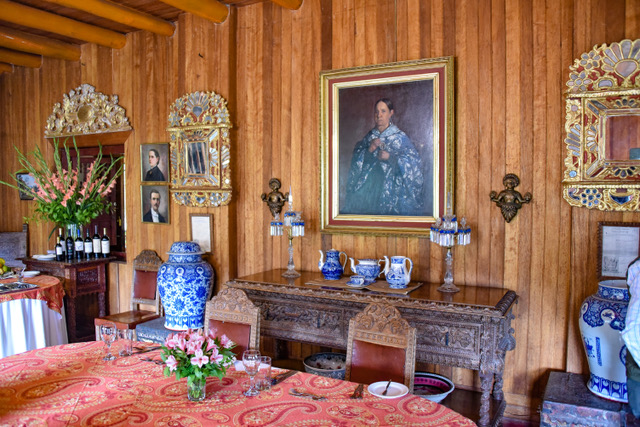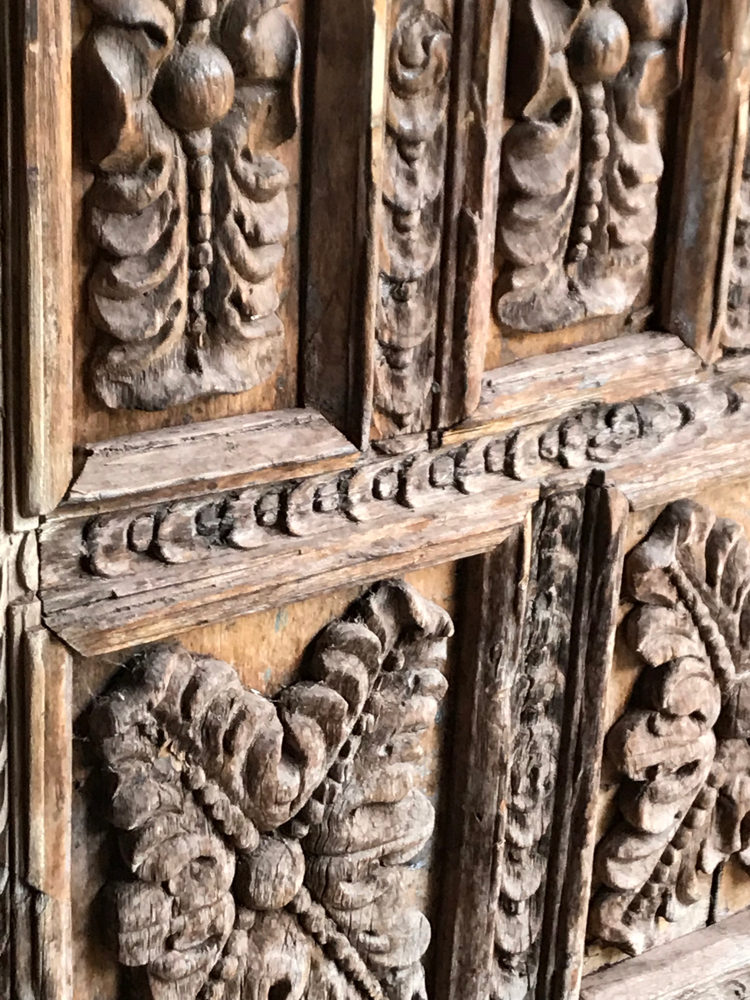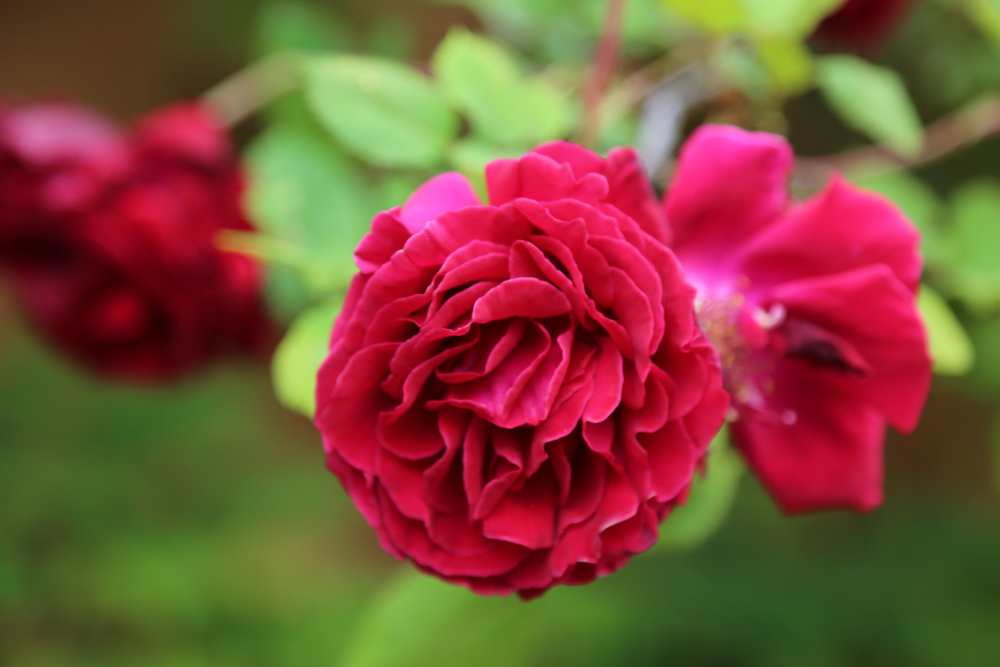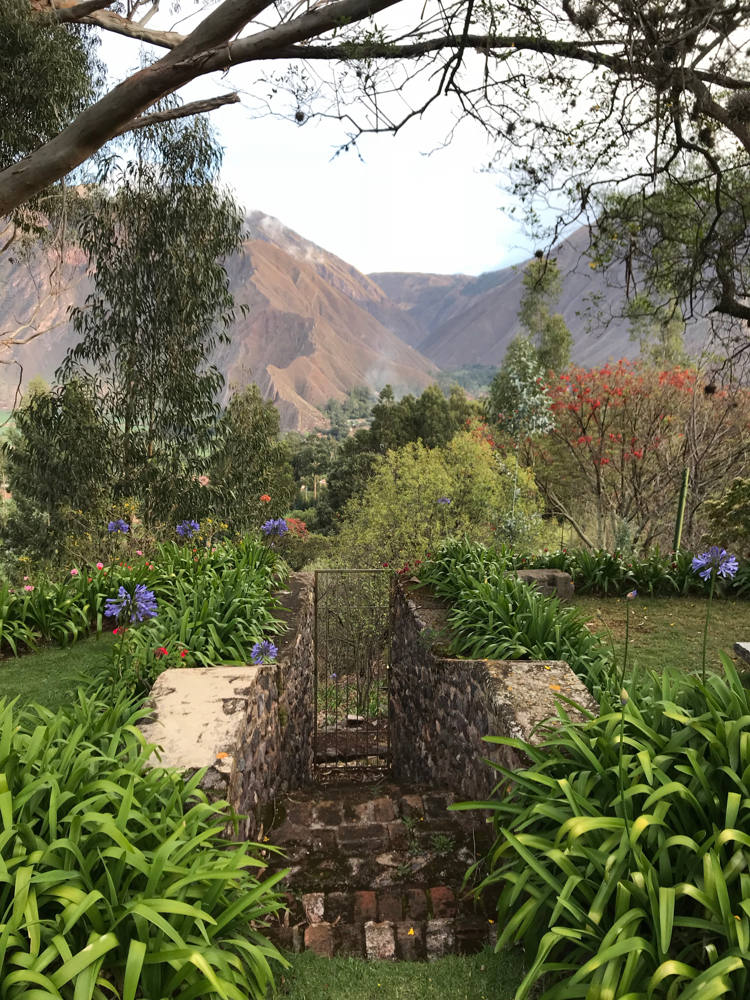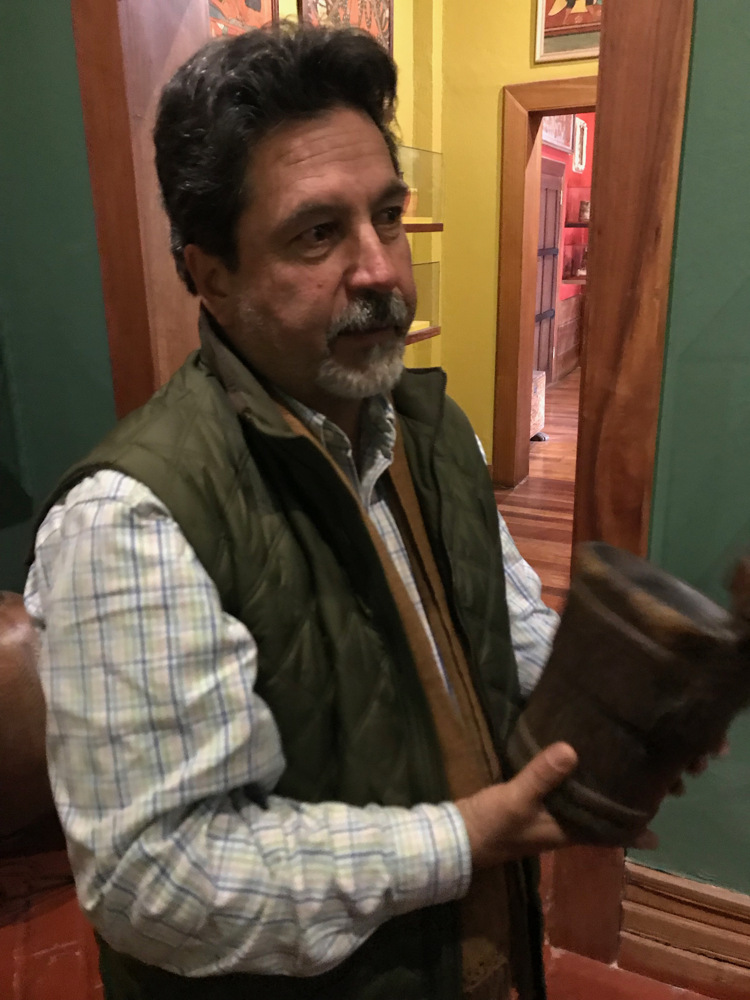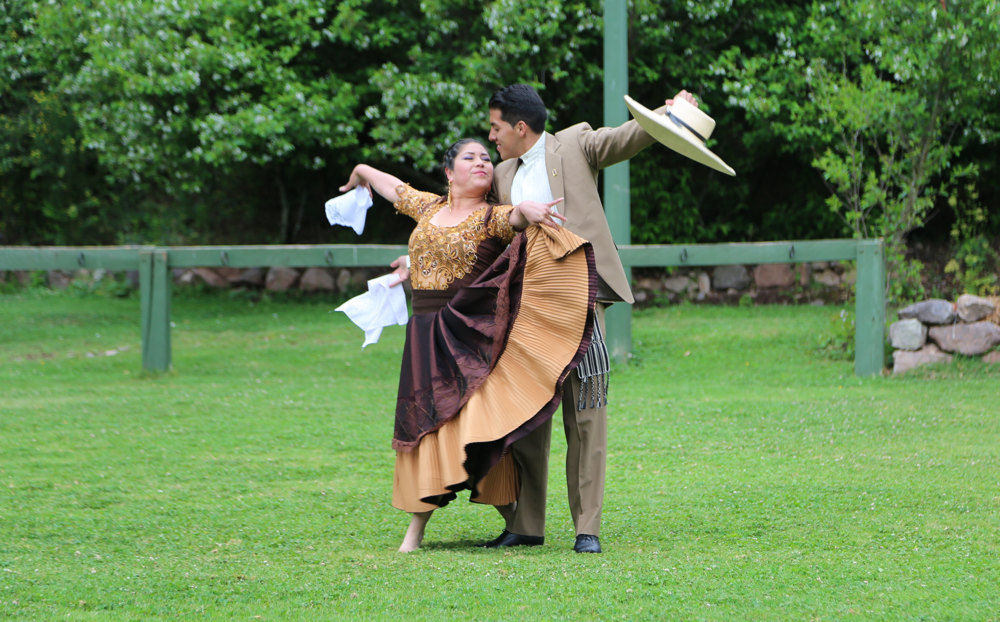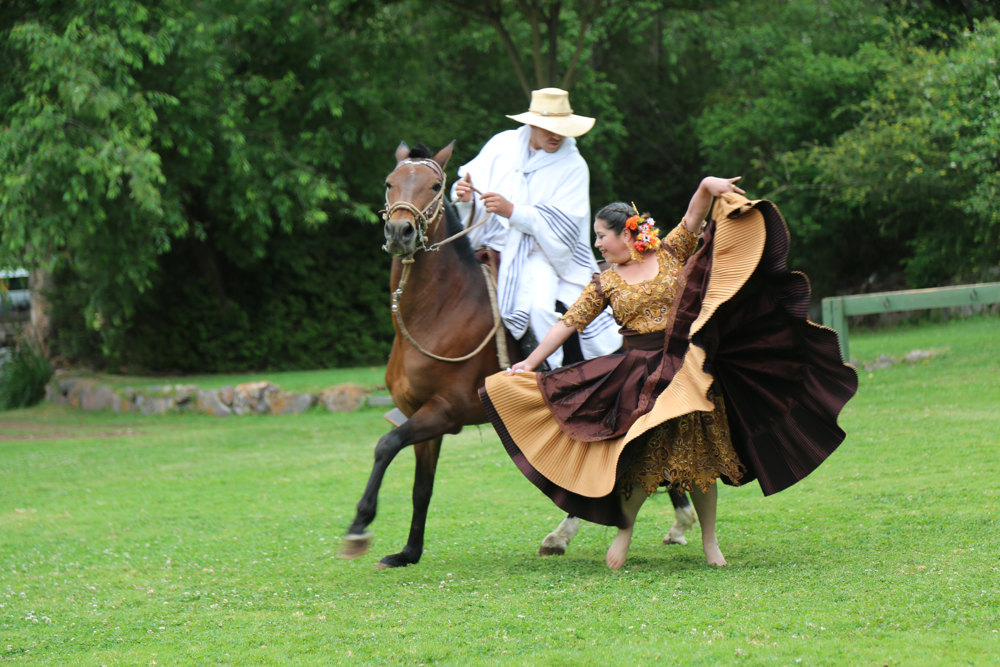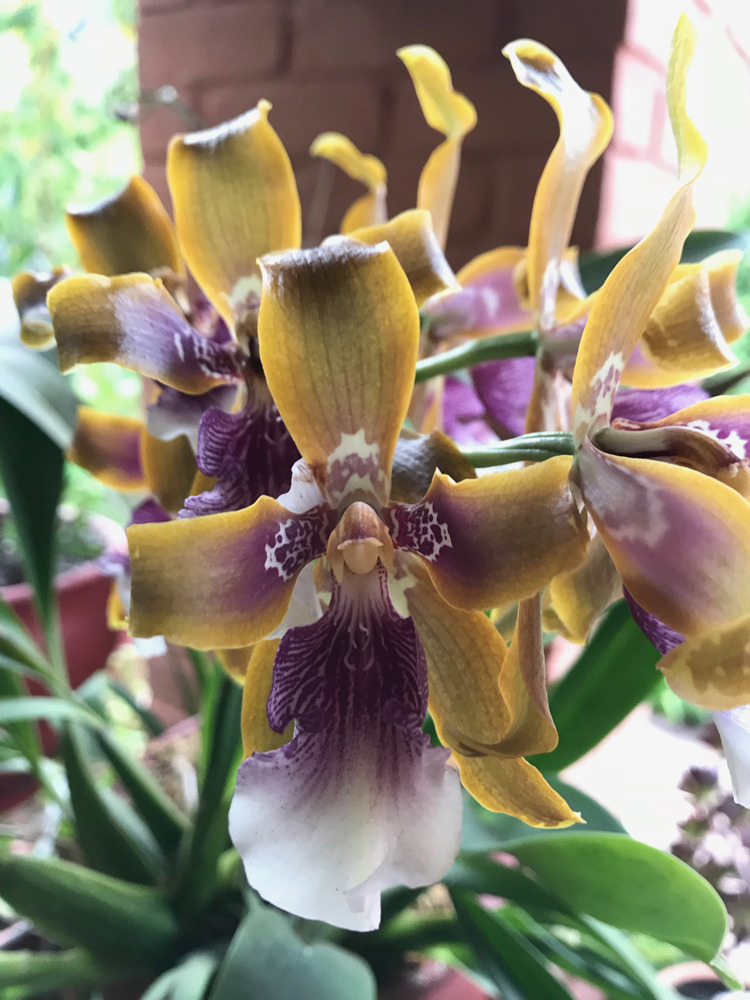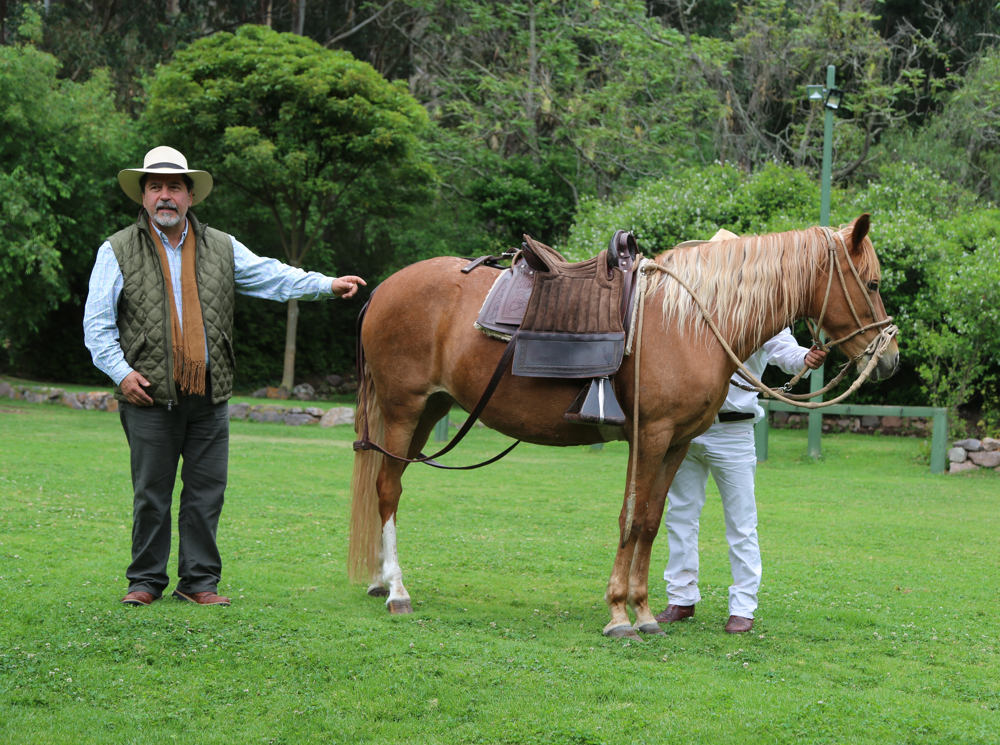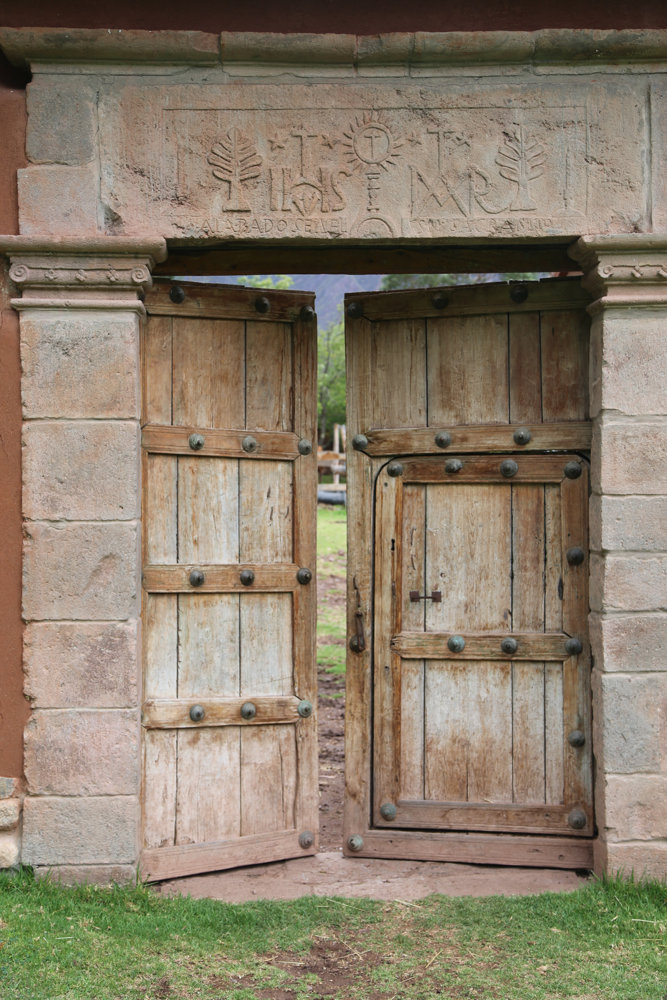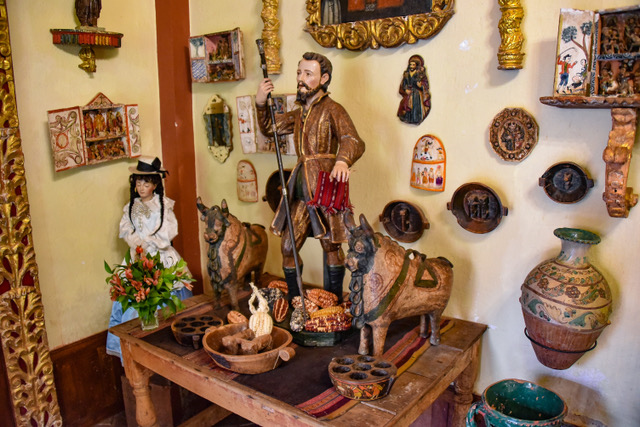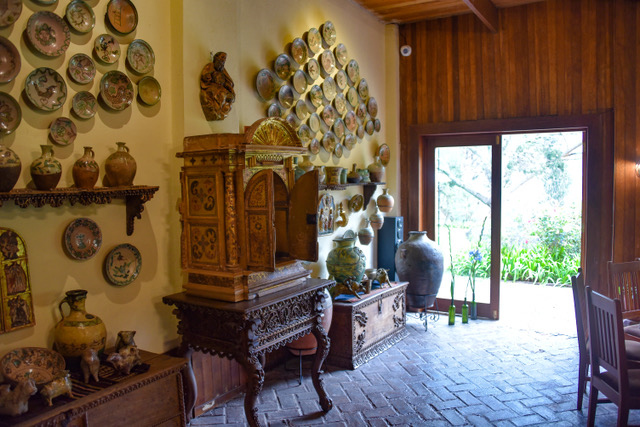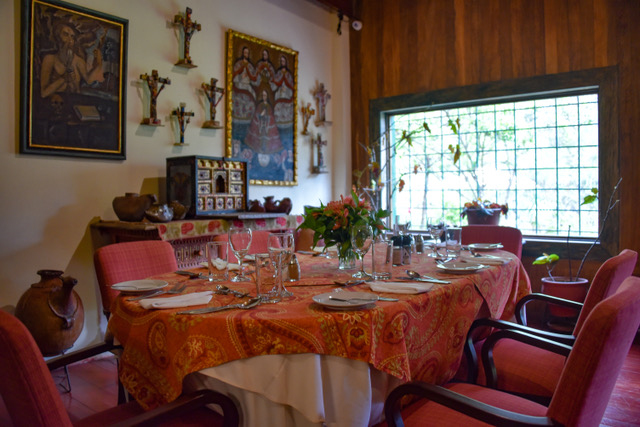Imagine visiting a Spanish Colonial hacienda in the Sacred Valley and having lunch hosted by the owners who love orchids, food, horses and collect Peruvian archaeology and folk art. This is Hacienda Huayoccari, owned by the Lambarri-Orihuela Family and conveniently located between Pisac and Urubamba.
Stepping Back in Time: Hacienda Huayoccari
Since the 17th Century, Hacienda Huayoccari was producing white corn, the most precious of the Inca crops and the one responsible for the expansion of the area and the wealth of many of these haciendas that had thousands of hectares. After the agrarian reform in 1968. Huayoccari was reduced to 40 hectares but was able to remain with the family thanks to the harmonious relationships developed with the surrounding community. In fact, the hacienda and the restaurant employ community members who have been with the family for generations.
Celebrate with special hosts
After being warmly greeted by Jose Ignacio Lambarri our host an old friend of Aracari the afternoon kicks off with a few pisco sours, Peru’s national drink, and a show of Peruvian Paso Horses known for their unique lateral gait, fancy foot movements and their performing nature. The rhythmical dance blends in perfectly with La Marinera, a couple’s tale that tells the story of a soldier flirting with a young woman. The couple and the horse dance mimicking each other’s gestures and steps.
Lunch is served at the colonial dining room surrounded by the family’s personal collection of paintings, carved wood pieces, glazed pottery plates from Lake Titicaca, Toritos of Pucará, colonial saints, silver pieces and gorgeous furniture. The menu is a well curated selection of Peruvian homemade food using ingredients grown in their own chacra, the Andean garden. Classic dishes such as ají de gallina, chicken stew; lomo saltado, stir-fried loin; or the sara lawa, a traditional corn Andean soup, are especially appropriate for the cozy atmosphere overlooking the valley that was the pantry of the Incas.
Orchids are everywhere as they are the hobby of Ana Maria Barberis, Jose Ignacio’s wife, who has been collecting them for years. She is specially interested in wild rare orchids that grow beautifully thanks to the benevolent climeate in the valley that varies between 52°F (11°C) in January and 45°F (7°C) in July.
Hacienda Huayoccari has a few rooms dedicated to the owner’s impressive collection of Peruvian ceramics and stone work with a common theme around qeros, or ceremonial vases, from pre-Inca, Inca, Viceregal and Republican times.
Our Cusco expert knowledge
According to Elizabeth Kuon, Aracari’s Cusco expert, the Qero is a powerful object that has received different meanings throughout history. The first ones are from the Tiahuanaco culture (1000 years BC to 900 AC) and were made of very fine clay representing portraits of the times. The Inca Qeros from the 14th and 15th centuries are made from clay and native woods and are mainly geometrical and very stylized representation of camelids. For the Incas, Qeros where containers for “chicha”, their sacred drink made from corn. When the Spanish arrived in 1532, the qeros became “painted containers” during 17th and 18th and centuries, including figurative scenes reminding the natives about their old myths. In fact, the Qeros from this time are considered pieces of resistance art against the Spanish invasion. Qeros are produced today and are still used for indigenous ceremonies by local communities.
“It is remarkable to find such a coherent collection around a theme that has taken so many meanings throughout the history of Perú” affirms Kuon.
A visit to Hacienda Huayoccari can be a full day or a half day experience, a must visit in the Sacred Valley and a real taste of Peruvian heritage through many layers and areas of interest.
Also, if you are a horse lover, you should not miss our post “Horse Riding Sacred Valley” one of the many top adventure activities in the area, alongside biking, hiking, kayaking, standup paddle boarding and more and a great way to soak up the natural scenery – one of the highlights of the Sacred Valley.

